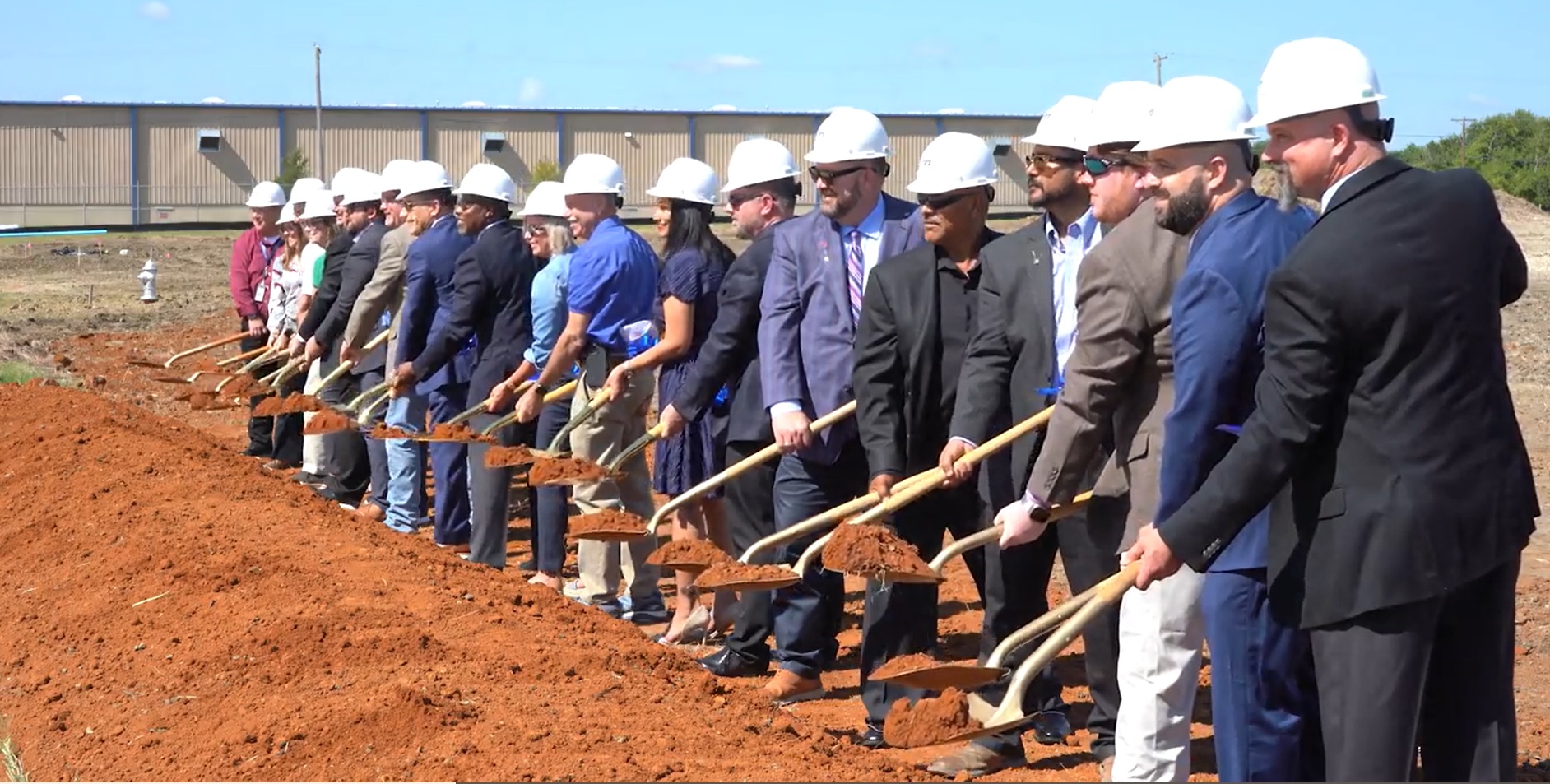September is National Cold Case Month, a time to raise awareness of unsolved cases across the nation and at home.
DFW-area police detective Aaron Benzick is on a mission to bring closure and justice for victims year-round by featuring hundreds of investigations in his nonprofit online national database Solve the Case, where police, victims’ families, and even internet sleuths can help generate big breaks.
“It’s coming up with what are some of the responsible ways we can help on some of these cold cases and not just keep them within the walls of law enforcement,” he said. “How can we responsibly use cyber sleuths; how can we responsibly use the media; and how can we organize as law enforcement these cases, getting them visible and getting them talked about?”
They are mysteries that haunt families and keep detectives Benzick up at night. Cold Cases and unresolved investigations where leads have long run out.
Get top local stories in DFW delivered to you every morning. Sign up for NBC DFW's News Headlines newsletter.
“Two decades, three decades go by, the entire case file the entire details about that isn’t being talked about, you don’t even know that this case exists anywhere,” said Benzick. “This matters to families. Families are thinking about these cases every day, so I think we in law enforcement need to look at it differently.”
Solve the Case aims to solve murder cases and missing persons cases, identify unidentified bodies, and help locate fugitives.
“There’s that new way of thinking about things: How can we responsibly tie in help from the community because it takes all of us,” said Benzick. “There’s not enough law enforcement to spend all the time we can on these cases.”
Local
The latest news from around North Texas.
Solve the Case is a call to action for investigators, victims' families, and even cyber sleuths to search through, upload victim cases, and submit tips on hundreds of cold cases, some decades old.
“What it does is it organizes the points of interest, it creates a timeline, and just lets you visualize the different facts of the public information on a case,” he said.
Solve the Case offers resources and tips for families with missing or murdered loved ones, as well as investigators.
Tips include urging police departments to ensure cold case records like contact information are updated and entries are secured.
Families with missing loved ones are encouraged to submit DNA to law enforcement to help investigators confirm any matches among existing unresolved cases and if unidentified bodies are discovered. The service is free through the National Missing and Unidentified Persons System (NamUS), said Benzick.
Some Solve the Case stories hit close to home.
Plano’s first drive-by shooting death remains unsolved. Brenton Brown was 19.
“He was planning to go to Collin College and become a veterinarian his teachers all said good things about him,” said Plano Police Department spokeswoman Officer Jennifer Chapman.
It happened Saturday, Nov. 18, 1995, at about 9:15 p.m., one week before Thanksgiving.
The 19-year-old was watching friends play football in the street at Lucas Terrace and Francis Lane in East Plano when a car sped down the street, almost hitting the group. They exchanged words before the driver left, according to Chapman.
Then a second vehicle described at the time as a navy-blue car, possibly a Buick Regal, Oldsmobile Cutlass or something similar pulled up with two Hispanic males inside.
The occupants also exchanged words with Brown and his friends, only this time, at least one person in the car opened fire, fatally striking Brenton in the back as he tried to run.
“He was local. A lot of these people still live here,” said Chapman. “Maybe some people who were scared to talk at the beginning will come forward and realize that’s just the right thing to do.”
Solve the Case has already accomplished its goal, leading to the recent arrest of a San Antonio-area murder suspect's arrest in Las Vegas.
"A search and rescue group outside the San Antonio area created a case page on her on Solve the Case. They listed her as a fugitive, had her basic fact patterns in the case and the details and from that page, someone knew exactly where that fugitive was, they submitted a tip, and we got that information," said Benzick.
Police were able to arrest the suspect that weekend, he said.
Another case Benzick hopes to help solve is out of Wisconsin, where a John Doe was found in 2000 with a monogrammed ring bearing the initials H-F-M.
Cases of unidentified bodies found where police are not able to find friends and family are especially difficult for Benzick.
“To think there’s a person that we found deceased, and we don’t even know who they are, they don’t have a voice, they don’t have a name and that’s just really tragic to think about,” he said. “Giving them that name back, letting their family know they’re not just missing or estranged from their family can really make a difference in.”
It’s what drives Benzick and his team to seek out missing links in each case.
“We’re here to serve the victims by serving their families and getting answers and anything that we can and responsibly should do on these cases I believe we should be doing,” he said.
For more information on Solve the Case and National Cold Case Month, click here.



